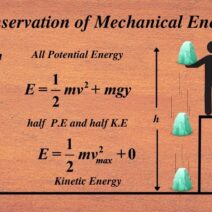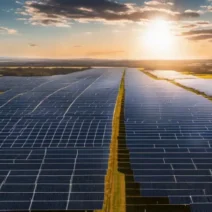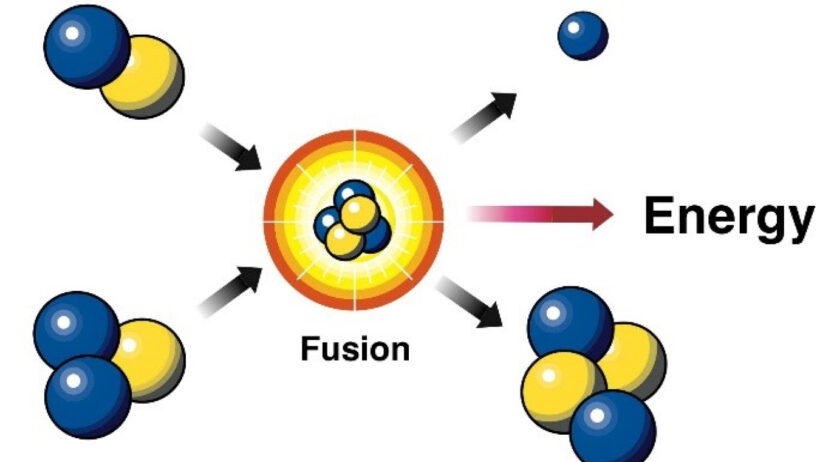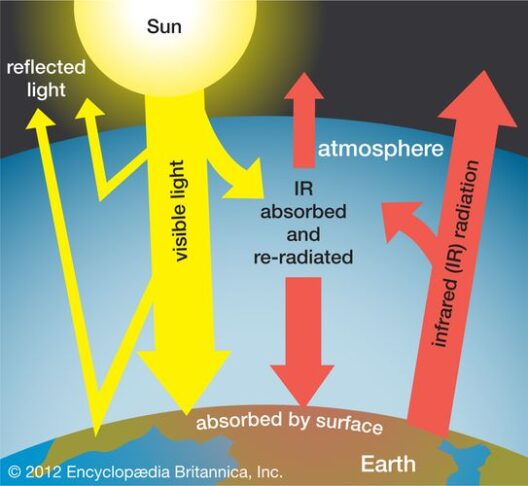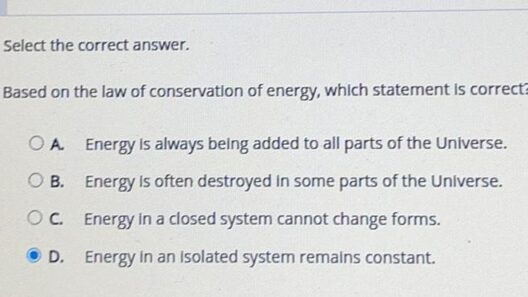Throughout the annals of science, the law of conservation of energy has stood as a foundational principle. It asserts that energy cannot be created or destroyed; it merely transforms from one form to another. When we delve into the captivating world of nuclear fusion, a playful question arises: Does this extraordinary process challenge the precepts of this steadfast law? To adequately address this query, one must navigate through the intricacies of energy transformations that occur during fusion reactions.
To embark on this exploration, it is essential to gain a foothold on the fundamental mechanics of fusion. The process is intrinsically linked to stellar phenomena, where lighter atomic nuclei forge into heavier nuclei under immense temperature and pressure. This reaction is the driving force behind the luminous vigor of stars, including our own sun. But what exactly happens during these reactions? How does energy metamorphose within this framework?
Envision a cosmic dance occurring millions of miles away. In the heart of the sun, hydrogen nuclei—specifically, isotopes like deuterium and tritium—engage in a gravitational tango. As they collide, they overcome their mutual electrostatic repulsion, allowing for the fusion of their nuclei to form helium. This transformation is not merely a cosmetic alteration; it results in the release of substantial energy, observed as both heat and light. So, the initial question spins around: is energy being created afresh in this stellar ballet, or is it simply undergoing an elaborate metamorphosis?
The answer brings us into the domain of Einstein’s revolutionary equation, E=mc². Here, mass and energy are inextricably interlinked, allowing us to perceive changes not merely in terms of energy but as alterations in mass. During fusion, a small fraction of the mass of the original hydrogen nuclei is converted into energy during the fusion process. Thus, while energy is released, it does not contravene the law of conservation of energy; it rather adheres to it by transforming mass into energy.
As we delve deeper, we encounter additional layers of complexity in fusion reactions. As energy is emitted in forms such as gamma rays or kinetic energy in particles, one may ponder: what mechanisms ensure this energy transfer is efficient? Understanding the granularity of energy transformations in fusion compels us to consider factors such as temperature, pressure, and the density of the reacting isotopes.
The environment in which fusion occurs plays a pivotal role. Recall the extreme challenges faced by scientists attempting to replicate these stellar conditions on Earth. Theoretically, nuclear fusion can take place if the hydrogen isotopes achieve sufficient energy to collide. This energy can arise from methods such as magnetic confinement or inertial confinement; each technique harnesses energy in distinct manners, yet both strive for the same end—sustained fusion reactions. Consequently, one can see how the energy transformations at play could be exceedingly diverse, further emphasizing the adaptable nature of energy amid these reactions.
Moreover, engaging with nuclear fusion compels a consideration of its potential as a sustainable energy source. The excitement surrounding fusion stems from its promise of seemingly infinite clean energy. Unlike fission, where heavy nuclei are split apart, fusion yields virtually no long-lived radioactive waste and produces a minimal carbon footprint. These characteristics have propelled fusion into the limelight of contemporary energy debates. However, while fusion celebrates its advantages, questions emerge regarding the practical implementation of this energy transformation process. Does it indeed present a feasible solution to the global energy crises we face today?
The dynamics of energy generation through fusion must also grapple with the question of efficiency. While the energy outputs are staggering, the initial energy inputs required to achieve and sustain the necessary conditions for fusion pose a significant challenge. The dance of creating a self-sustaining fusion reaction depends on technology that is still under active development. One must remain astute: the quest to harness nuclear fusion embodies a critique of our current energy system, demanding innovations that shape a more sustainable future.
As we navigate through the labyrinth of energy transformations involved in nuclear fusion, it becomes increasingly evident that the process adheres to the law of conservation of energy in a nuanced manner. Fusion does not create energy from a vacuum; it utilizes the mass of atomic nuclei to generate a phenomenal amount of energy. It is a testament to the nature of energy, seamlessly transitioning between forms rather than facing extinction.
Ultimately, the prospect of nuclear fusion presents both exhilarating possibilities and notable hurdles. The fiery heart of this energy generation technique shines brightly, illuminating the path to cleaner energy while reminding us of the intricate ballet of science and nature that governs the very essence of our universe. As we stand on the precipice of potential breakthroughs in fusion technology, it remains imperative that we continue to investigate and comprehend the energy transformations that define our world.
In conclusion, nuclear fusion, when scrutinized through the lens of the law of conservation of energy, affirms the continuity of energy in various forms. As researchers advance toward practical fusion applications, society is charged with the responsibility of fostering these discoveries ethically and sustainably. The intricate dance of particles in the universe, whether in the depths of stars or within cutting-edge laboratories, invites us to marvel at the complex symphony of energy in its myriad forms.
